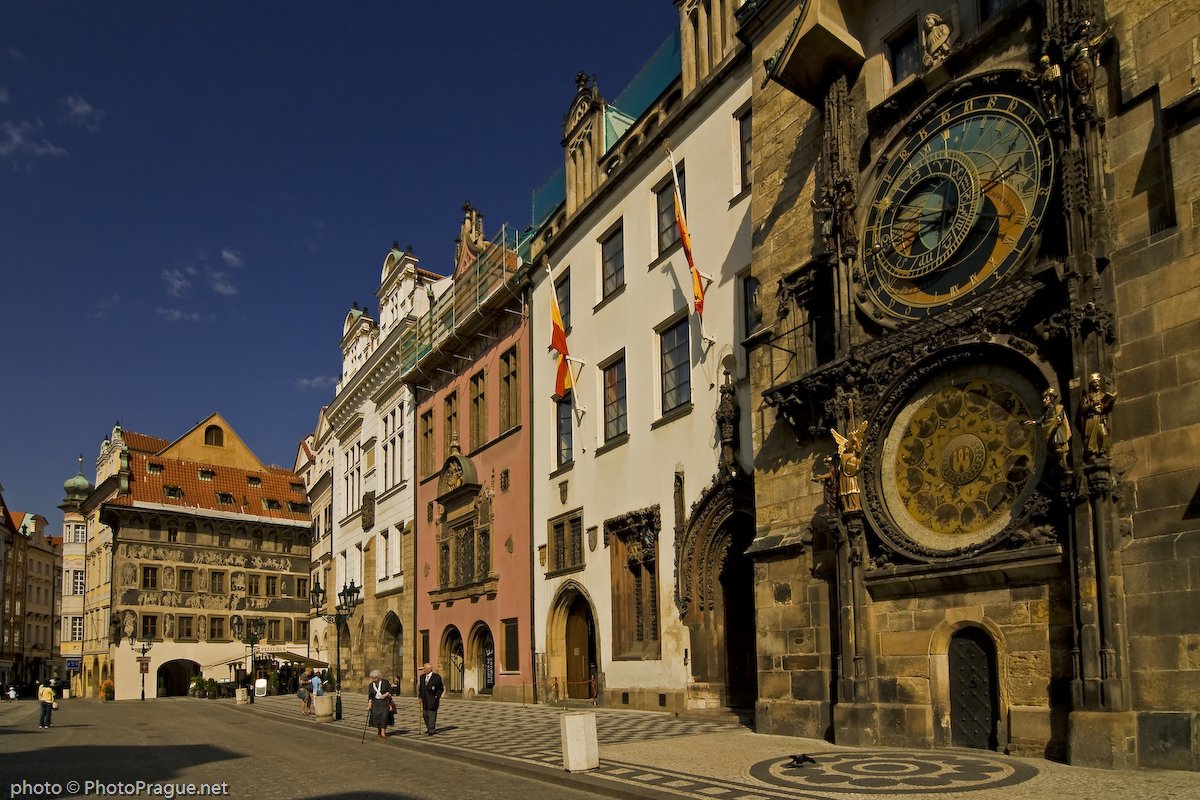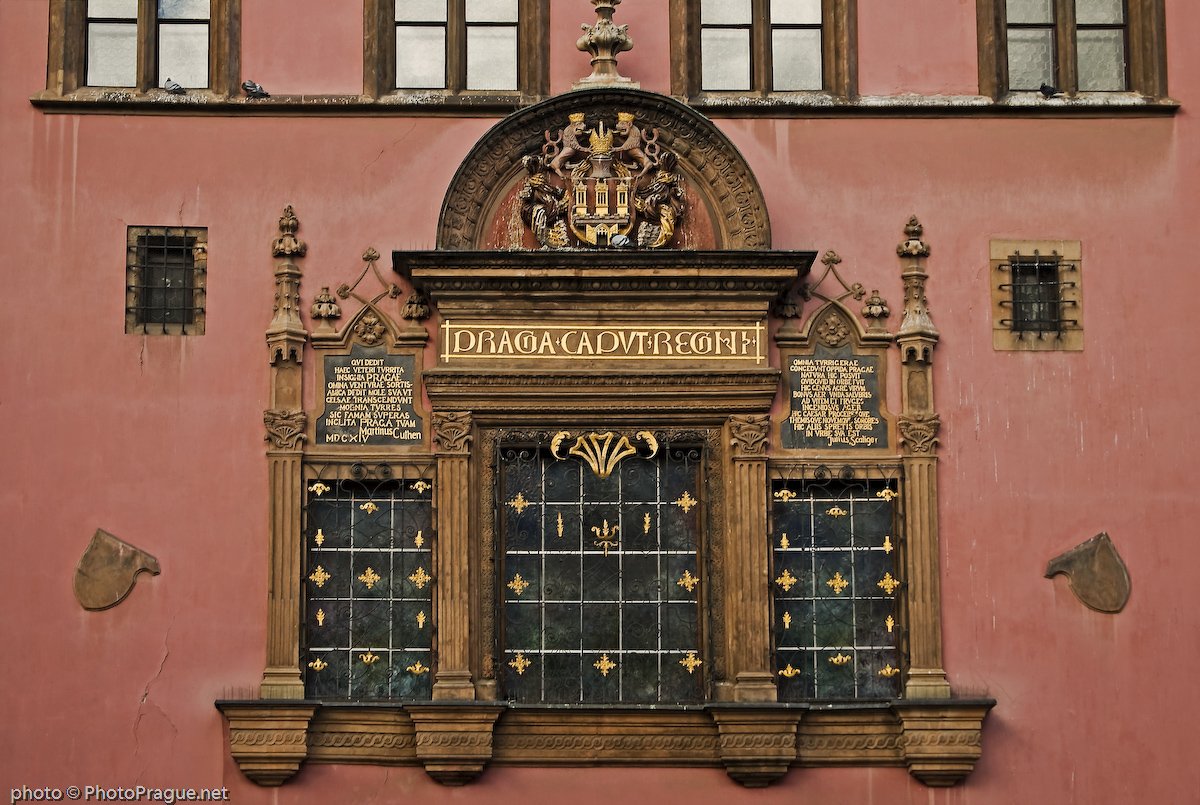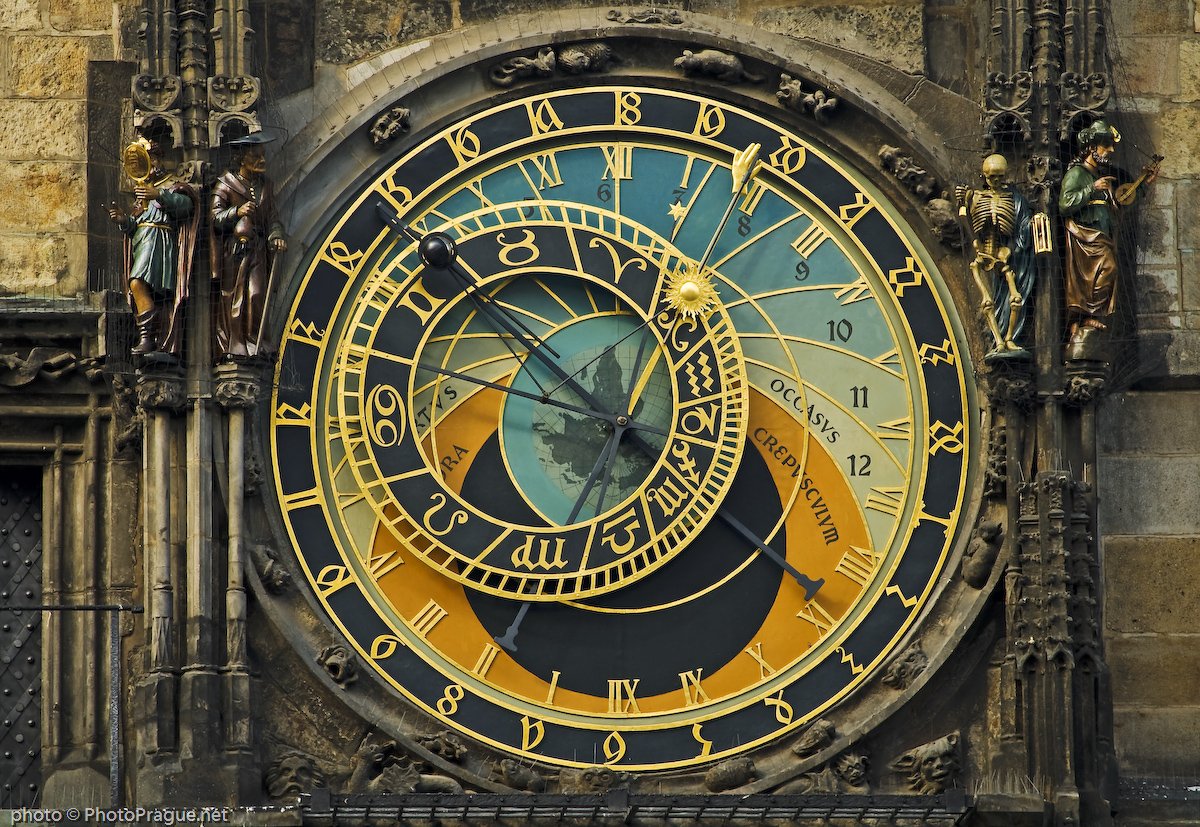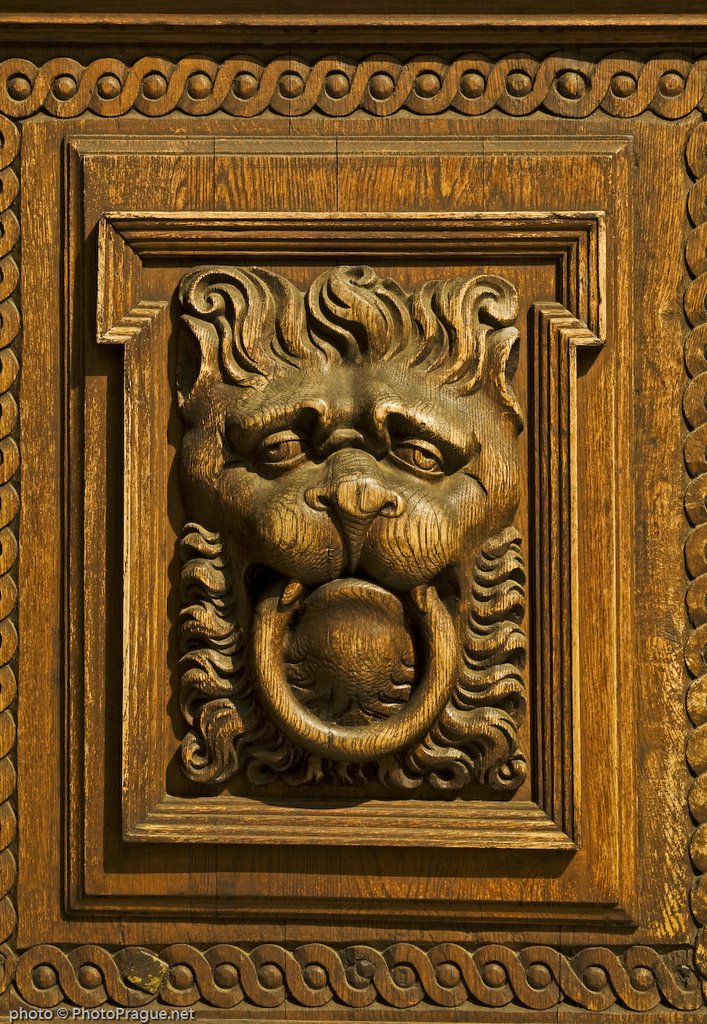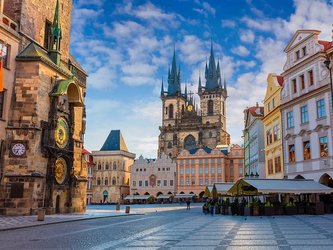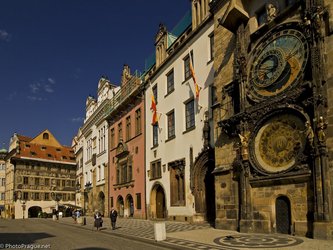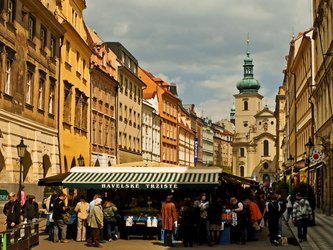A vibrant symbol of the Old Town...
It is as though the history of the whole of Prague’s Old Town was concentrated in the fate of the Old Town Hall. The Town Hall was founded in the middle of the 13th century as the centre of administration for the most important royal city in Bohemia. The history of the Town Hall houses is much older though, as shown by the labyrinth of Gothic and Romanesque cellars in the basement. Originally, the Town Hall was located at the corner house of Volflin of Kámen, which was dominated by a massive stone tower. In time, though, the council’s influence grew, so it was necessary to buy the adjoining houses. Over the centuries, all houses of the Town Hall were merged into one complex organism.
The town’s most important artistic development came in the second half of the 14th century and at the beginning of the 15th century during the reign of Charles IV. and Wenceslas IV. At the time, the tower was prolonged, a magnificent wing with a bay window (the only part that still survives to this day) and the unique medieval astronomical clock (of which there are not many equivalents in Europe), were built. The Jagiellonian rule at the end of the 15th and beginning of the 16th century was equally important in shaping the look of the building. The late Gothic and early Renaissance windows on the building are from this era. Till the 16th century, the importance of the Old Town Hall was unique and unquestionable. During the time of anarchy and turmoil, the Old Town Hall was in fact the epicentre of political activity in the Czech lands, which gave it a special status. Its role began to diminish as the city’s importance declined in the 17th and 18th centuries.
The most significant change came in the period of the Enlightenment, when it became the Town Hall for the whole city of Prague, but at the same time it was transformed into a local administrative office and thus its political and symbolic importance was gradually reduced. For utilitarian reasons, it was first fitted with an upper floor in the Gothic wing, then, demolished and replaced in the mid-nineteenth century by a neo-Gothic building that was not a great architectural work. This is the very part of the town hall which suffered the most damage during the battles of May 1945, and now only a symbolic torso remains. The other historical parts have survived without significant changes and are thus a remarkable living chronicle of the history of this extraordinary building.

